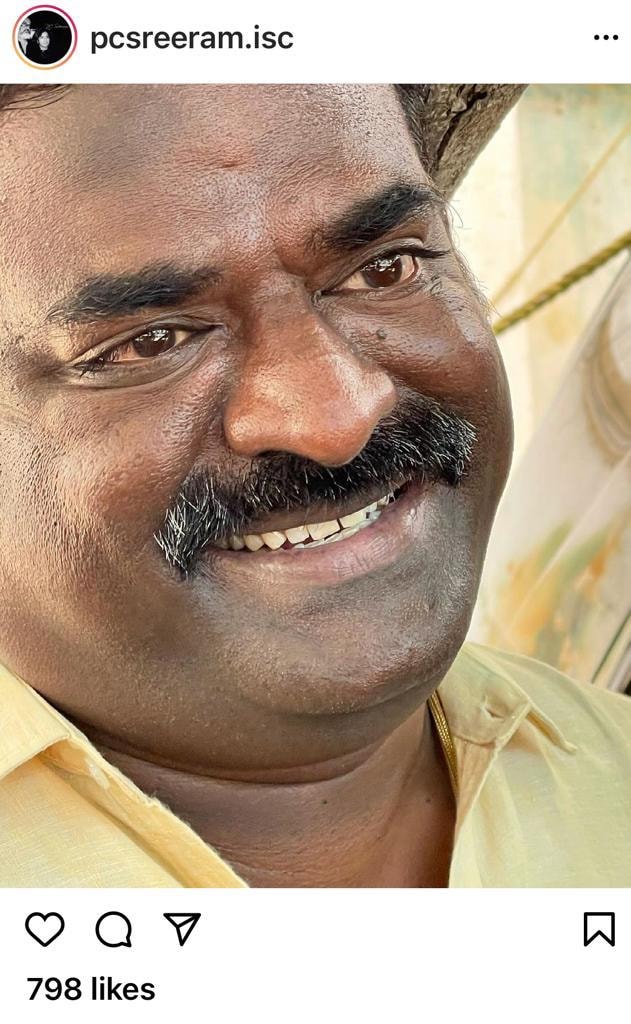
In conversation : Arul Dass
Jun 16 2021
Arul Dass a Cinematographer turned Actor who started his career as cinematographer for films like “Aa E Ee’ , ‘Pathinaaru’ and went onto act in critically acclaimed films like ‘Naan Mahaan Alla’ Thenmerku Paruvakaatru’ , Azhagarsamiyin Kuthirai’ , ‘Soodhu Kavvum’ , ‘Papanasam’ , ‘Nimir’ , ‘Dharmadurai’ and most recently in the web series ‘November Story’. His voice is very rooted to Tamilnadu and is one of the most easily recognizable voices in the Tamil cine industry. And his eyes are the most powerful assets to his acting prowess. He has got admiration for his acting skills from many prominent personalities from media, critics and fellow cinematographers.
Arul Dass shares his film Journey with SICA

Tell us about your early days before entering cinema? How did you choose cinematography?
Basically I am from Madurai; I have studied till 10th. Mostly I spent my early days watching movies.
I have done few odd jobs like working in an audio cassette shop, learnt to operate lathe machine but I was never satisfied so I usually changed jobs very frequently. One of my friend Lal who stayed in the same neighborhood bought M7 video camera was looking for an assistant so I joined him. There I used to assist him in video coverages of various functions and occasions like marriage and even rotary club functions which gave more exposure and experience in still photography and videography. I started doing independent projects.
I started getting more interest in cinema so I approached director Bala who was also from my native and was going to make his debut film “Sethu”, but he asked me to wait until his next project to join as an assistant to cinematographer Gopal.
Since your video camera had VHS tape system it needs direct light, how do you used to manage the shadows?
I learnt about shadows from my friend Lal while covering marriage events. He used to ask me to stand very near to camera so that the shadow won’t appear in the frame. Those days I used to carry center spot filter, star filter in both my pocket while covering the events. I used to add songs to the videos of events like marriage and other celebrations. I learnt different cultures of people from different religion and castes in and around Madurai by shooting these events. I used to shoot many independent projects mostly covering the rural areas. Those days people used to respect videographers a lot.
What were the challenges you faced while learning still photography?
As I mentioned earlier after few odd jobs, I got into photography I started observing everything with a framing sense. Then I bought a camera Pentax K1000, I used to take photos of my friends and I used to spend my own money in printing those photos. I learnt exposure control over a time period judging from my printed photographs.
Can you talk about films and cinematographers who were your earliest influence?
Two films had a lasting impact on me. First was “Roja” by Santosh Sivan and “Idhayathai Thirudadhe” by PC Sreeram. Especially the smoke effect that PC Sreeram has used for fog was really remarkable and made me admire their creative way of cinematography.
Getting into cinema was very difficult back then, how did you manage?
As I said earlier Bala introduced me to cinematographer Gopal and I joined him as the last apprentice where I had to carry clips, tapes, butter papers and black clothes. My first shooting experience spot was at samsaram adhu minsaram which Is currently now the place where fortis hospital is in; vadapalani.
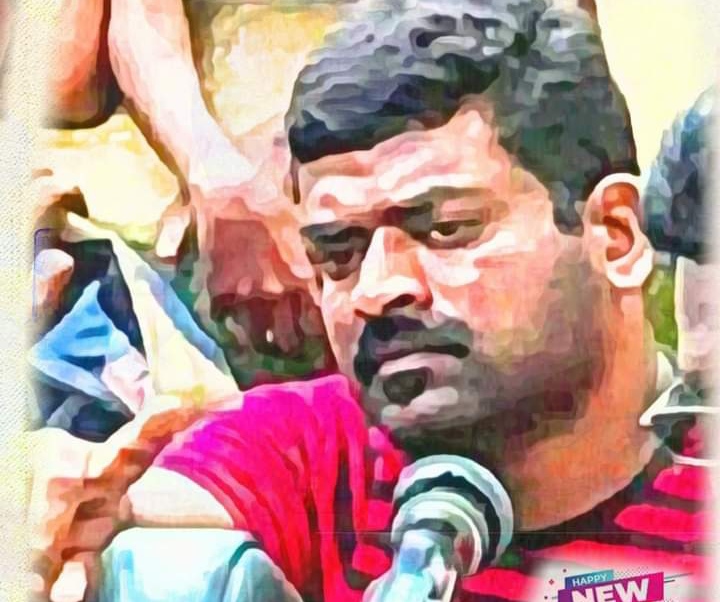 Which camera you used when you were first introduced as cinematographer?
Which camera you used when you were first introduced as cinematographer?
I used Arri 435 camera and Kodak 250D film stock
How was your shooting experience in the first film? What kind of lights were used?
My first film was shot in Pollachi which was completely shot in outdoors. Those days I shot with available natural day lights and very few HMI.
Well in my second film “Pathinaaru” starring mirchi Shiva I have used only ambient light ,even for indoors I pumped light from exteriors with help of White boards and reflectors to interiors , for separation I used China ball as toplight source.
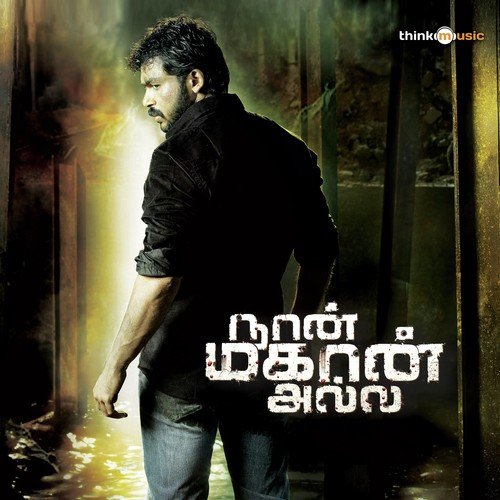 How did you get into acting?
How did you get into acting?
Though I was first approached by director Ameer Sultan to act in his highly acclaimed film “Paruthiveeran” for the “sithappu” character I missed that opportunity then it was director Suseentharan who made me act in the film “Naan Mahan Alla” for an important role.
How come you were able to adapt yourself into acting being a cinematographer?
Well its an advice, every cinematography aspirant should see everything around them as frames. Their eyes should act like lens. As far as acting is concerned, I was very conscious about the camera and lights and people at the beginning but an actor should always forget everything when he is playing a character. Getting into the character completely will help him in performing better. We see a lot of people around us in our day-to-day life from fruit sellers to drivers, if you observe them keenly you get a lot of characters and learn their body language. Even the films you watch those character too knowingly or unknowingly influences us.
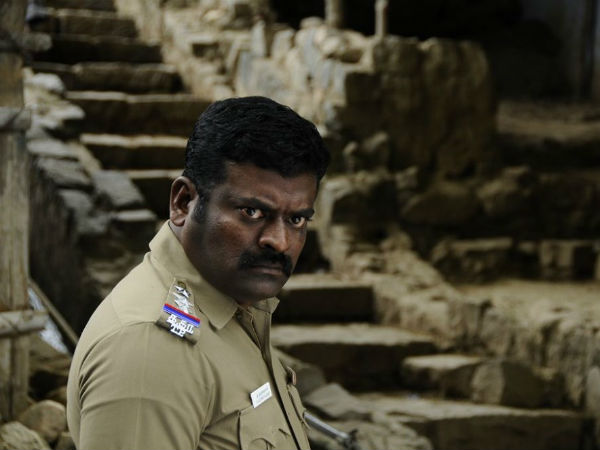 How do you manage your performance according to the camera movement?
How do you manage your performance according to the camera movement?
Being a cinematographer I know about the camera moves and actor should not get overlapped, another aspect for beginning actor should face challenge is to act according to the lens coverage…these are the advantages Cinematographer turned actor have…but dialogue delivery in the spot and recreating in the dubbing studio are new challenges we actors have to face and master upon.
Actually most of the directors at the starting stage of my acting career were people very close and known to me. I know director Suseentharan since his assisting days. He was more like a younger brother to me so I was very comfortable in facing camera and perform right from my first film. And then in “thenmeraku paravatru” it was Seenu Ramasamy again a close friend of mine so I was very comfortable. It continued in my further films like “ Alagharsamiyin kuthirai” , dharmadurai to name few.
How was your experience in working in national award-winning films like “Alagharsamiyin Kuthirai” and “Thenmerku Paravakaatru”?
Both the films were content driven subject. And made on a shoe string budget. But the moment I heard both the stories I knew these both are going to be highly acclaimed films. Back then both these films were not highly anticipated among audience due to lesser-known lead actors, if you see “Thenmerku paravakaatru” apart Saranya mam all were new faces. Cinematographer Chezhiyan was also a big strength, he never takes any unwanted shots and if you see closely after a long time in tamil cinema we saw sustained shots.
How do you see the film to digital transformation?
There is both positive and negative for both film and digital film making. But we have to adapt according to the current trends and technology. Earlier the cinematographer had more control. Film reels costed 15000 to 16000 in those days. For example, if 50ft is wasted out of 400ft means 2500rs gone. Even the actors used to worry to go for multiple takes.
Those days they used to say phrases like “nalla film saapduvaaru” for actors who are good performers but prefer to go for multiple takes. No one used to take unwanted shots back then. But if you see today’s cinematographers, they are taking 60 to 70 shots for a scene where only 22 to 25 shots are only used and remaining are just waste of time and production cost.
Editing knowledge is also very important, if you see director Priyadarshan he never takes any unwanted shots and keeps it limited to the extent he needs. Even after making so many films he still does that. He asked me not to put extra effort while there is a long shot, only when it is in close up you have to put your 100%. He was able to do it because he knew editing very well.
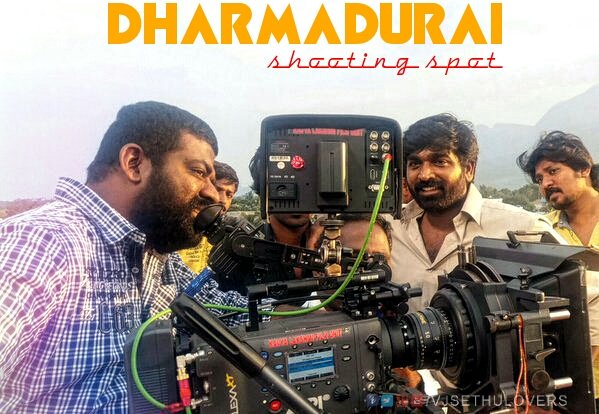 How do you prepare yourself for a villainous role in films like “Dharmadurai” ?
How do you prepare yourself for a villainous role in films like “Dharmadurai” ?
I liked the script when Seenu Ramasamy explained it to me, it was a balanced character neither negative nor positive. But as the film progresses it is kind of an antagonist character. Moreover, today’s generation are very much into world cinema so they don’t react to villain character like it was during Nambiar sir days.
Which role of yours was an extremely challenging one where you had to go through a lot of preparation?
I never prepare for any role. I go to the spot like a blank sheet of paper. And allow the director to write whatever they want on it. Because if you prepare for a role before the shooting day and the director asks for some changes then it hampers your rhythm so I basically go to the spot with a blank mind.
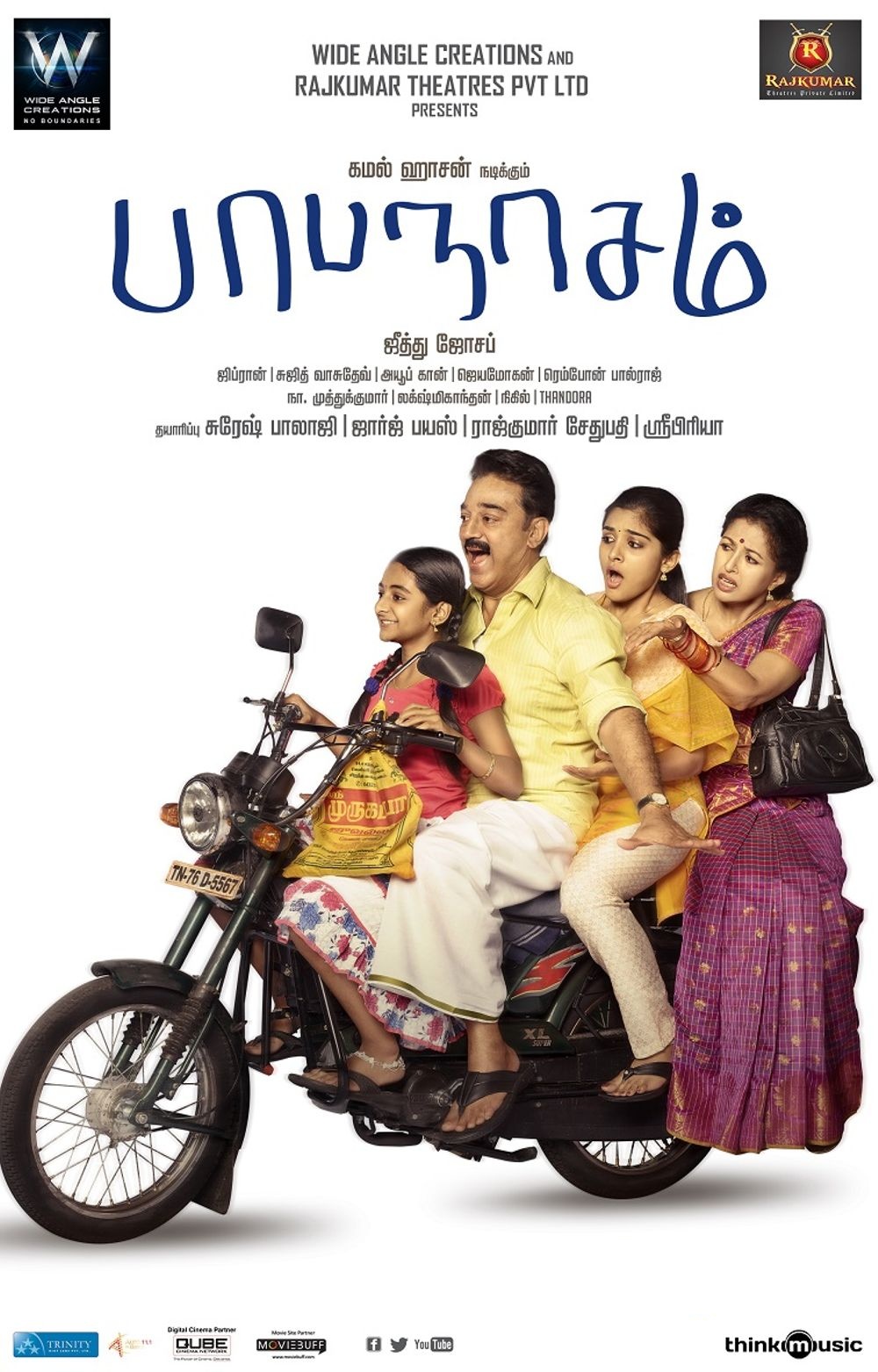 Tell about your working experience and learning from stalwarts like Kamal Hassan and Rajinikanth?
Tell about your working experience and learning from stalwarts like Kamal Hassan and Rajinikanth?
It is always an honor to work with these two legends. I worked with Rajni sir in kaala and in papanasam with Kamal sir. The biggest strength of Kamal sir is his memory power. That’s what gives him the edge over other actors. He always remains updated with all latest technology in cinema. He even did his own makeup in papanasam’s climax scene.
Tell about your working experience in Malayalam cinema?
My first opportunity in Malayalam was in a serial. In Malayalam cinema there is a huge scope for seasoned actors. There basically they use two camera setups.
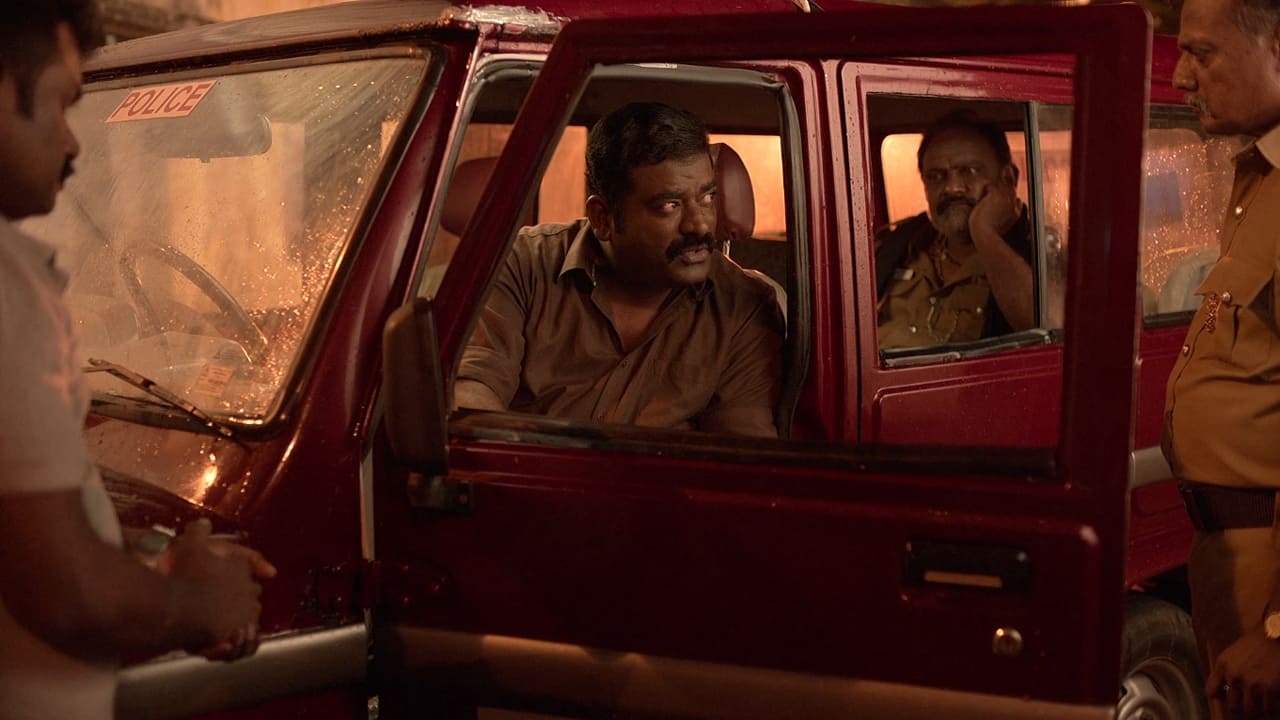 Recently you acted in a web series “November story” tell about that experience?
Recently you acted in a web series “November story” tell about that experience?
It was a very young talented team. I had a great experience working with such young talents. Vidhu Ayanna who handled the camera did a great job. Even in “Mandela” his work was very well appreciated. It was a project filled with lots of talent and positivity.
OTT series is a new format Director and team of November story had strong preparation and adapt visual format accordingly.
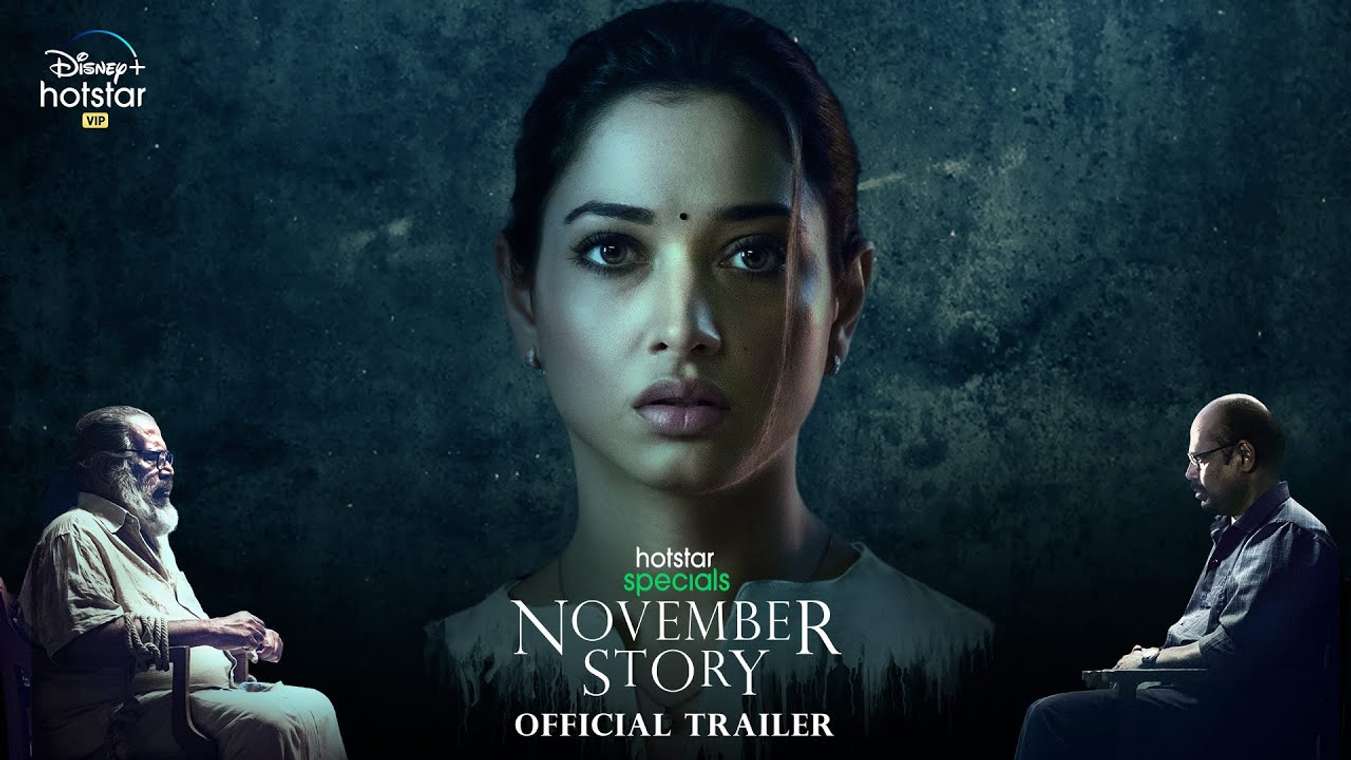 How much a cinematographer is responsible for bringing the best look of the artist on screen?
How much a cinematographer is responsible for bringing the best look of the artist on screen?
Cinematographer has the responsibility to show the artist as good looking as they can according to the demands of the script. For instance, in paruthiveeran director Ameer and cinematographer Ramji made Karthi to sit under the sun for long hours as the script demanded a rural and a raw look. Karthi has just returned from US back then. But if you see the film he gets completely blended in the character because of the look.
Nowadays the artist are given fresh face by new technologies of using Look softwares with help of C.G Many leading actors ensure through an agreement before the film is rolled to get use of this technical advancement of computer graphics.
Any advices for upcoming actors?
One of the most important things that every actor should take care of; dubbing. The smallest of mistake while performing an act can be covered at the dubbing stage. For instance, the success of vadivelu sir I his dubbing. You still find the scenes funny even if you are not seeing the visuals and only hearing the audio.
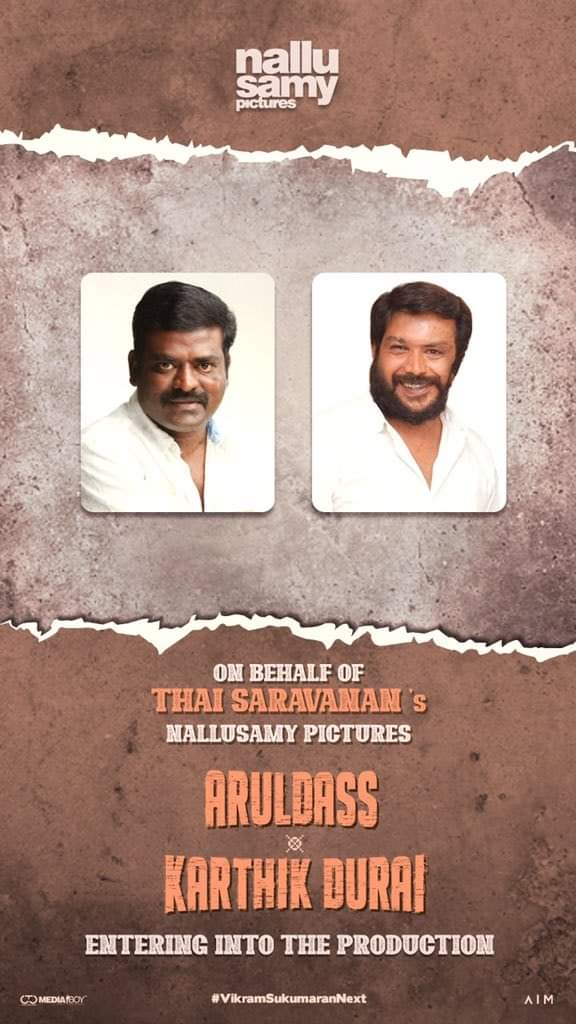 How much socially responsible a cinematographer should be?
How much socially responsible a cinematographer should be?
Cinematographer should have the social responsibility that will give him knowledge about the society he is living in, that will help to create right atmosphere and color choices for his film.
Article by – Arun.S.Manohar and Vigneshwari.S
Edited by- CJ Rajkumar
Author/Cinematographer
